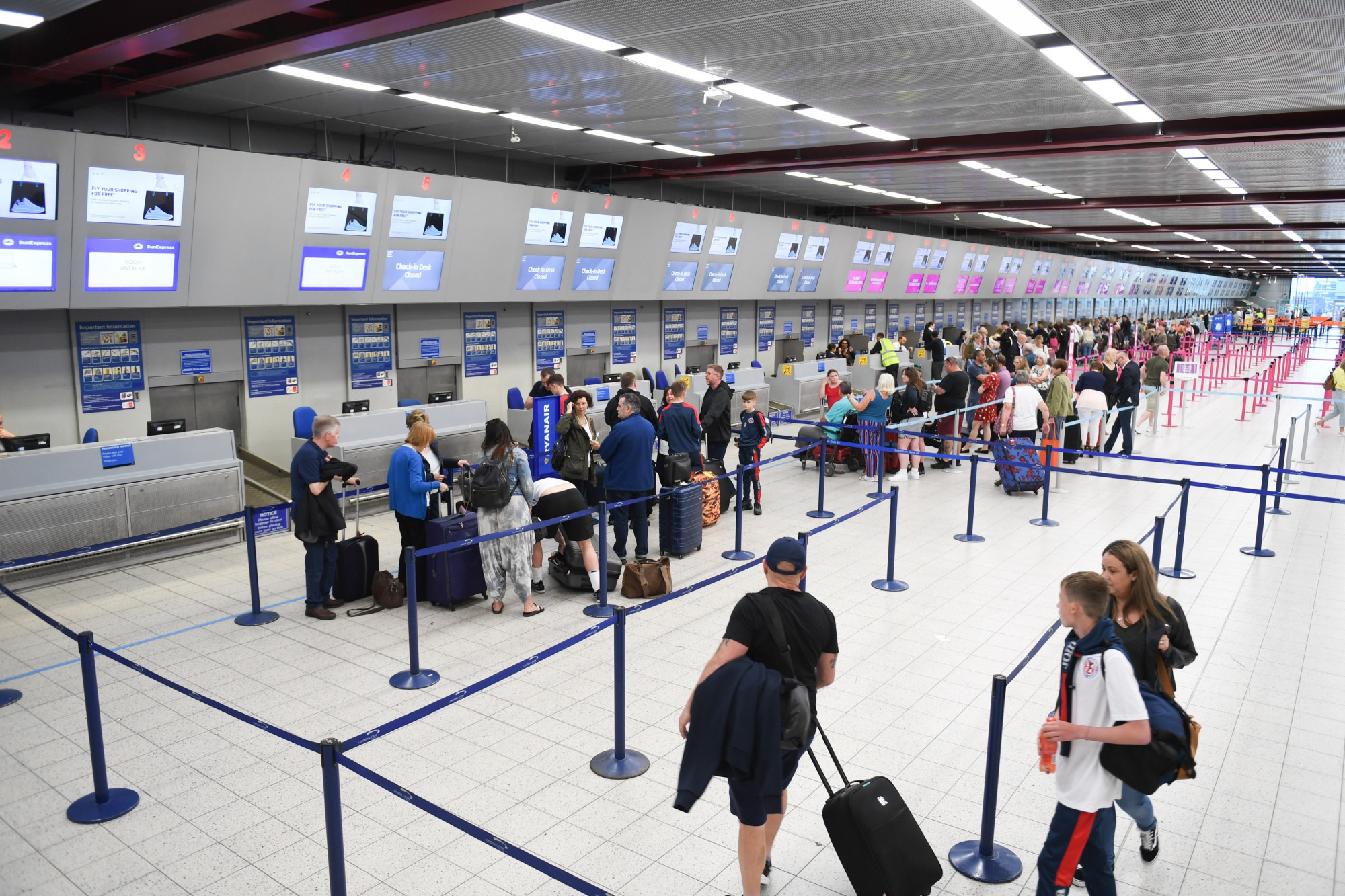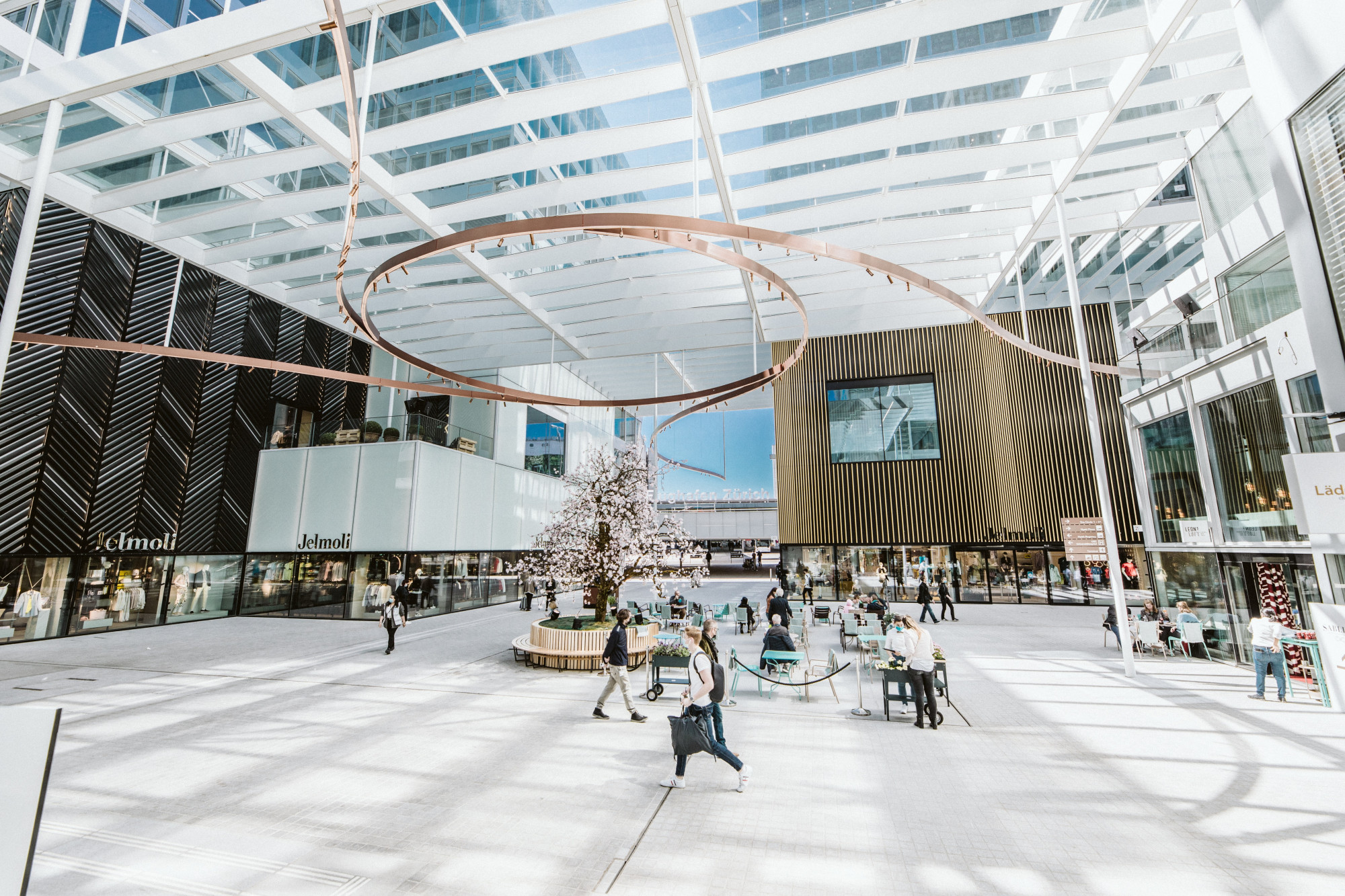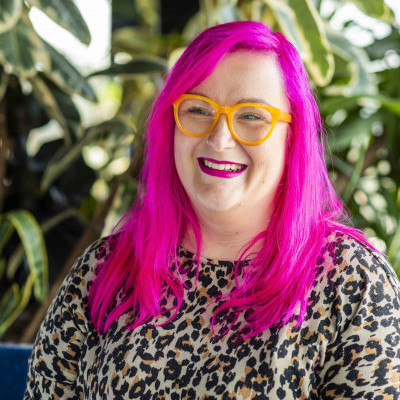Aviation Reset: The Operations Opportunity Part 2
In Part 2 of our interview with Mima’s Head of Experience Design Phil Nutley and Head of Accessibility and Inclusive Design, Emily Yates, we build on Part 1 and the sense of optimism for the future of the aviation industry, discussing how the airport experience itself can be easily improved and how that thinking can have a hugely positive impact on the commercial aspect of airport operations and the passenger experience...

Q. How can the airport experience be improved?
Emily: “For me, it’s all about the equitable end-to-end experience. I’m a seasoned traveller and at airports even right now I feel very disabled going into an airport environment. I have a very differentiated experience to my non-disabled peers because I have to be in particular assistance areas. I have to wait for assistance, I have to take extra steps to check in my wheelchair, to make sure the assistance team knows that I’m there and available. All of these things are fine but first of all, they don’t always go to plan and secondly, there must be a more equitable way for me to have that airport journey.
We almost have ‘bubbles’ of operations experience throughout an airport; so we go to check-in, we know there’s going to be a bit of operations there, we’re going to be flooded with that commercial bubble as we start our journey, and then it’s on to the very tense, angry bubble of security experience that makes everyone feel a little anxious. I’ve got to put my bag on the tray like everyone else but then I often have to wait to be searched and my bag with laptop and valuables are way down the track and I’ve lost sight of them. For me personally, the airport service and experience for disabled people, whether assisted or not, is designed with the assumption that you’re going to have somebody with you and not that you might be travelling independently and autonomously. That’s the main thing that needs to change.
To add to that, you can have a very equitable possible experience in one airport but you arrive at your destinations and it’s a completely different ball game. There’s also a bigger piece of work to create a bit of benchmarking and comparison and more global aspiration between airports and airlines.”
Phil: "If each of the employees from the different operational areas can understand those individual bubbles and spend time in each other’s areas, that could completely redefine the end-to-end passenger experience.
Mima has always enjoyed the idea of the ‘parallel’ world; we’ve been speaking recently about building multi-modal forms of transport around buses and trains and if the aviation authority and the airline could harmonise more along the operations, security and commercial teams, that would make for a better journey for all. And building on Em’s point, how might airport-to-airport communication be better? Often, when we go to work with an airport authority, yes we have departures and arrivals but how often might we work with some of the other aviation authorities who are then receiving that group of people? Wouldn’t that be more impactful to work through the end-to-end experience across multiple airports and aviation authorities to build that coherent set of standards and experiences?"
Emily: "I’ve come across some very lovely people that work in security but I’ve also come across people that don't think in that empathetic way to deliver that particular service.
If that security official worked alongside the operations team within booking assistance and really understood what the experience is like and the impact it has on that person, even if it’s just for a couple of days, perhaps that would lead to a more empathetic security environment.
It’s almost as if there’s a new language needed for airports which is based around some of the good human behaviours coming out of the last two years; around unity and almost that sense of community.
Phil: "We almost need to take a heavy dose of that and place it in the aviation footprint. The back-of-house teams handling the baggage need to feel that they’re part of that process but also how do they want to be spoken to? How do they also feel that there's a more inclusive recruitment policy at the airport? I’ve never seen a person in a wheelchair working in security.
Emily: “How can this external experience make it more aspirational and inclusive? How can that translate internally - not just in terms of operationally but in terms of the design of the environment too. You’ve probably not seen a wheelchair user working in security because they haven’t got an inclusive recruitment process but also the design of the system wouldn’t allow a wheelchair user to have a turning circle behind their desk, for example. From the inside out would be a great way of seeing that change.”

Q. How should this new thinking flow into the commercial aspect of airports?
Phil: "I’m interested to understand why the aviation industry doesn't borrow from other parallel sectors. There always seems to be a commonality in terms of issues and there are clearly ways of redesigning it so that the experience of working there is better and of course the repercussions on the passenger having a more seamless and enjoyable experience will positively impact the commercial side of the airport. We’ve proven it, we just need more of these people to test and iterate these ideas, let’s challenge those bubbles and see how this feels from a different perspective."
Emily: “On top of that commercial opportunity, more opportunity to engage with the purple pound and the spending power of disabled people and I also wonder if there’s something that could be done around the ‘spoon theory’ - the energy levels of passengers and different members of staff in the airport environment. So, when we’re talking about different bubbles/areas and how we’d like them to blend together into a slightly more cohesive and more harmonious experience. If there aren't so many harsh lines between operational bubbles, there might be an opportunity to increase the space, the ability to rest and recuperate and decompress before or after something that’s quite stressful perhaps. Perhaps there’s an opportunity for more authentic inclusive experiences, throughout the airport where it becomes somewhere where it’s enjoyable to dwell in, to rest in, to buy your favourite perfume in, for example.
It comes back to what we talk about a lot in access and inclusion, which is this distinction between having technical knowledge and capability and having holistic empathy and understanding. Airports and airlines are one of the places that need that most.”
Written by:

Emily Yates
Head of Accessibility and Inclusive Design
Emily has worked on numerous accessibility initiatives for national and international organisations, including the Olympic and Paralympic Games in Rio de Janeiro and Heathrow Airport. Emily has also worked with the Council of Europe and sat on equality boards advising premier league football clubs.